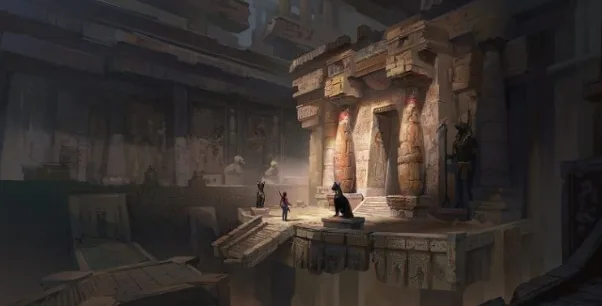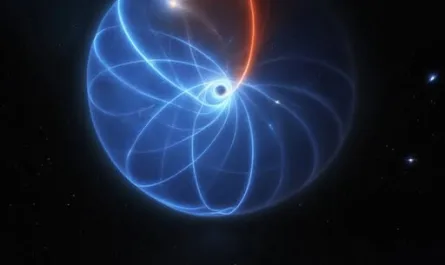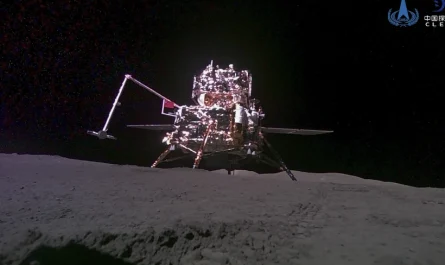The internet has been buzzing with claims of a sensational archaeological find: a 12,000-year-old tomb in Iran allegedly containing the intact remains of an Anunnaki, a figure from ancient Sumerian mythology. Videos and articles circulating online describe this discovery as evidence of extraterrestrial beings who visited Earth to mine gold and create humans as laborers. But how much of this is rooted in fact, and how much is speculative fiction? Let’s dive into the origins of this story, the evidence (or lack thereof), and what it tells us about our fascination with ancient mysteries.

The Anunnaki: Mythology or Extraterrestrial Visitors?
In Sumerian mythology, the Anunnaki are deities associated with the sky god An and the earth goddess Ki. They appear in ancient texts like the Enuma Elish, where they’re described as gods who decree the fates of humanity. Fast-forward to the 20th century, and authors like Zecharia Sitchin popularized the idea that the Anunnaki were not gods but extraterrestrial beings who arrived on Earth 450,000 years ago.

According to Sitchin, they engineered humans to serve as laborers for gold mining—a theory that has captivated fringe audiences but is widely dismissed by mainstream scholars as pseudoarchaeology.
The claim of a 12,000-year-old Anunnaki tomb builds on this narrative, suggesting that physical evidence of these beings has finally surfaced. But where did this story originate, and does it hold up under scrutiny?
The Alleged Discovery: A Closer Look
The story of the Anunnaki tomb traces back to reports from 2008, primarily from Russian media outlets, claiming that a 12,000-year-old burial site was uncovered in Kurdistan, Iran. Some sources, like bizsiziz.com and infinityexplorers.com, describe the find as a royal mummy preserved in a sarcophagus, accompanied by artifacts hinting at advanced technology.
Videos on platforms like YouTube and Dailymotion purportedly show footage of the discovery, fueling speculation about extraterrestrial connections.
However, there’s a catch: no credible archaeological evidence supports these claims. A 2021 Quora post explicitly calls the 2008 discovery a hoax, noting the absence of peer-reviewed research or documentation from reputable institutions.
Another Quora answer from 2018 emphasizes the need for primary sources, such as excavation records or scientific papers, which are conspicuously missing. Mainstream archaeology has not acknowledged this find, and no major museum or university has reported studying such a tomb.
Why the Skepticism?
Archaeological discoveries of this magnitude require rigorous verification. A genuine 12,000-year-old tomb would be a groundbreaking find, potentially rewriting our understanding of prehistoric cultures. Yet, the Anunnaki tomb story lacks:
Peer-Reviewed Evidence: No academic journals or reputable archaeological organizations have published findings related to this discovery.
Provenance of Artifacts: Claims of a sarcophagus or advanced technology remain unsubstantiated, with no physical artifacts displayed in recognized institutions.
Video Authenticity: Footage circulating online lacks clear origins, and similar videos have been debunked as hoaxes or speculative recreations.
The reliance on unverified sources, coupled with the sensational nature of the claims, places this story firmly in the realm of pseudoscience. It’s worth noting that extraordinary claims require extraordinary evidence—and so far, none has been provided.
The Allure of Ancient Mysteries
Why do stories like the Anunnaki tomb capture our imagination? Humans have long been fascinated by the idea that advanced civilizations or extraterrestrial beings shaped our past. The Anunnaki narrative taps into this curiosity, blending ancient mythology with modern sci-fi tropes. It offers a tantalizing “what if” scenario: What if our ancestors were guided by beings from another world? While these ideas make for compelling storytelling, they often overshadow the real wonders of ancient cultures, like the Sumerians, whose cuneiform writing and complex societies laid the foundation for modern civilization.
Separating Fact from Fiction
The tale of a 12,000-year-old Anunnaki tomb is a fascinating example of how myth and speculation can intertwine in the digital age. While the story captivates those drawn to ancient mysteries, it lacks the evidence needed to be taken seriously by the scientific community. For now, the Anunnaki remain a product of Sumerian mythology, not extraterrestrial history. If new evidence emerges—peer-reviewed, verifiable, and transparent—it could spark a reevaluation. Until then, this discovery remains a captivating but unproven legend.
If you’re intrigued by the Anunnaki or ancient archaeology, consider exploring verified sources like academic journals or museum archives. The truth about our past is often just as fascinating as the myths we create.
Video:


